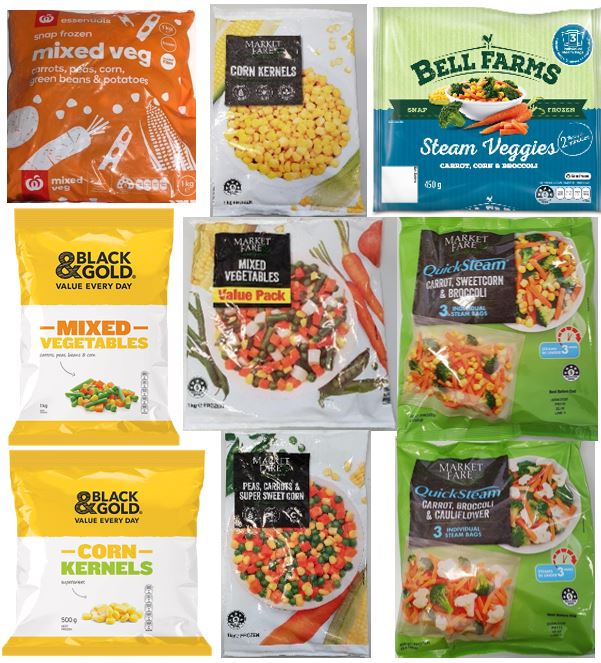
The Food Safety Information Council says that many lunchtime favourites are high-risk foods for Listeria infection.
With children throughout the ACT going back to school this week, the Canberra-based Food Safety Information Council is urging parents and students to avoid ‘Listeria-laced lunchboxes’.
According to the Council, many lunchbox favourites are high-risk foods for Listeria infection – a foodborne illness which can cause gastroenteritis in healthy people but can be potentially deadly for at-risk groups.
Council Chair, Rachelle Williams, said Omnipoll research showed a third of people who are at risk of Listeria, or living with someone at risk, had never heard of Listeria infection and two in ten of these couldn’t name any of the foods they needed to avoid or cook to prevent Listeria infection.
“Many lunchtime favourites such as sushi, sliced deli meats, cold chicken, soft cheeses, cut fruit, and pre-prepared salads are high-risk foods for Listeria infection,” said Ms Williams.
She offered six lunchbox food safety tips to follow for school or work lunchboxes to avoid Listeria infection:
- When buying lunchboxes, choose those that have room for a frozen drink or freezer block and are easy to clean and dry.
- Always wash and dry your hands thoroughly before preparing food, and wash all fruits and vegetables thoroughly.
- Make sure lunchbox foods are always kept separated from raw foods in the refrigerator, particularly raw meats, chicken, eggs in their shells, and fish.
- Your child’s lunchbox will keep a safe temperature until lunchtime at school as long as it has a frozen drink or ice brick in it. During hot weather you may want to consider providing safer lunchbox alternatives, such as hard or processed cheese, tuna in a can or vacuum packed, or sandwich spreads.
- In terms of work lunchboxes, keep the lunch cool in the fridge until you are ready to leave home, then put an ice brick in it and refrigerate as soon as you get to work (or keep in a cooler with ice bricks if you work outside). Discard any higher risk foods such as sushi, salad, meat, poultry or eggs if not eaten within a day of you cooking or preparing them.
- If your leftovers need reheating at work, they must reach 75°C in the centre of the food, so either use a meat thermometer to check, or use the automatic reheat function in the work microwave and follow any prompts to stir the food or let it stand for a time after reheating.
Ms Williams said that people most at risk of Listeria include the immune compromised, pregnant women, and the elderly.
She said that food poisoning isn’t just a minor stomach upset but should be taken seriously as it can be deadly.
According to Ms Willimas, the Listeria outbreak linked to Australian rockmelons early last year resulted in seven tragic deaths and a miscarriage. At the time ACT Health urged Canberrans to throw out any rockmelons in their fridges.
“This was followed by a recall of imported frozen vegetables which was linked to 47 listeriosis cases and nine deaths in Europe and one death in Australia,” she said. A number of popular brands of frozen vegetables sold in Canberra were recalled last July when this issue arose.

The frozen vegetable packets which were recalled last July. Photo supplied by Food Standards Australia New Zealand.
Ms Williams said that while disease caused by Listeria infection is a comparatively rare form of illness, it can be very serious for ‘at risk’ people.
“Listeria are bacteria that are widely found in the environment so most raw foods are likely to be contaminated. You don’t have to miss out on your favourite foods as Listeria is easily killed by cooking so, for example, you can easily add ham to a pizza, feta to a quiche or smoked salmon to fully cooked scrambled eggs,” Ms Williams said.
“Just remember that cooked foods can easily become re-contaminated through poor food handling after cooking. For foods that can’t be cooked, you can make other choices such as using fresh whole lettuce for salads rather than bagged lettuce.”
Do you find it difficult to know what to pack in your children’s lunchboxes? Do you have any tips for keeping the food healthy and interesting? Let us know in the comments below.













